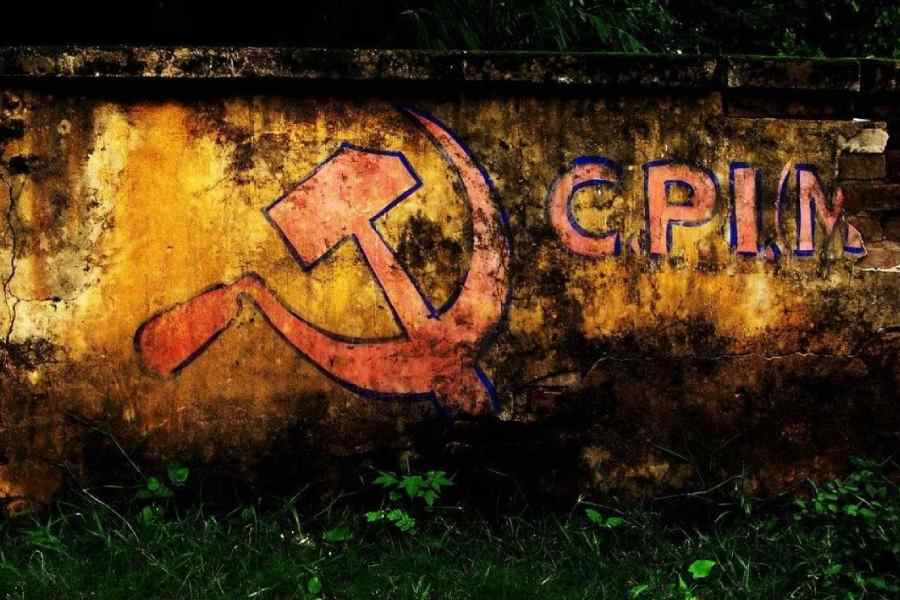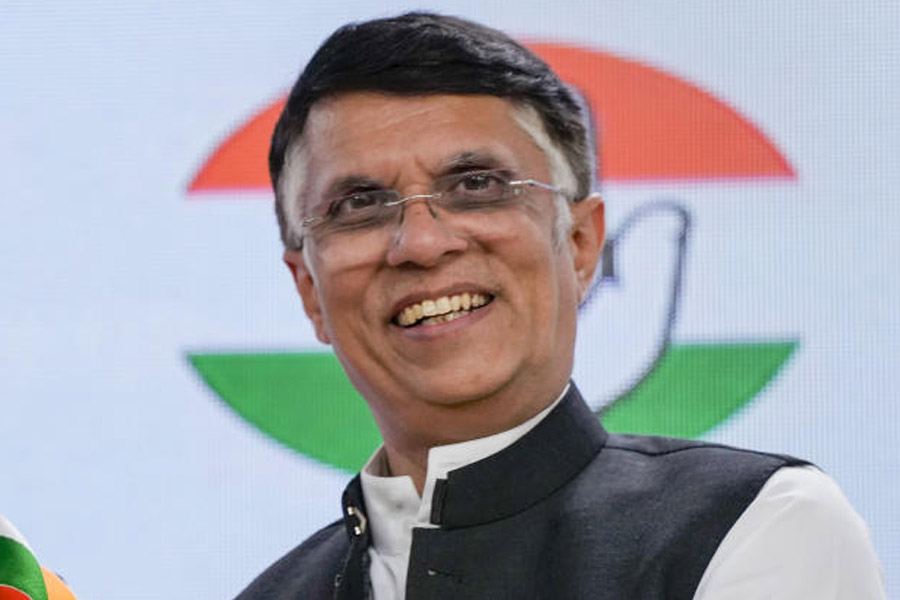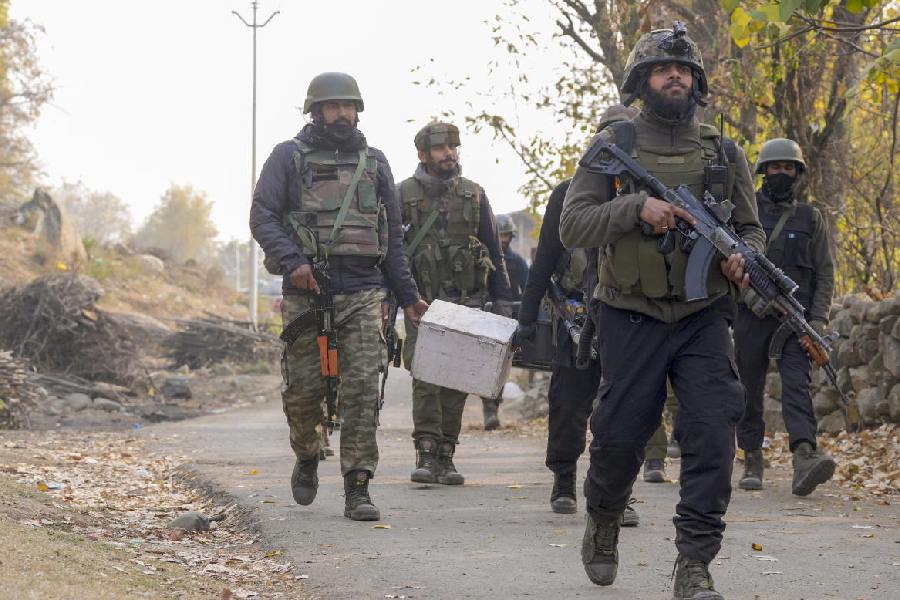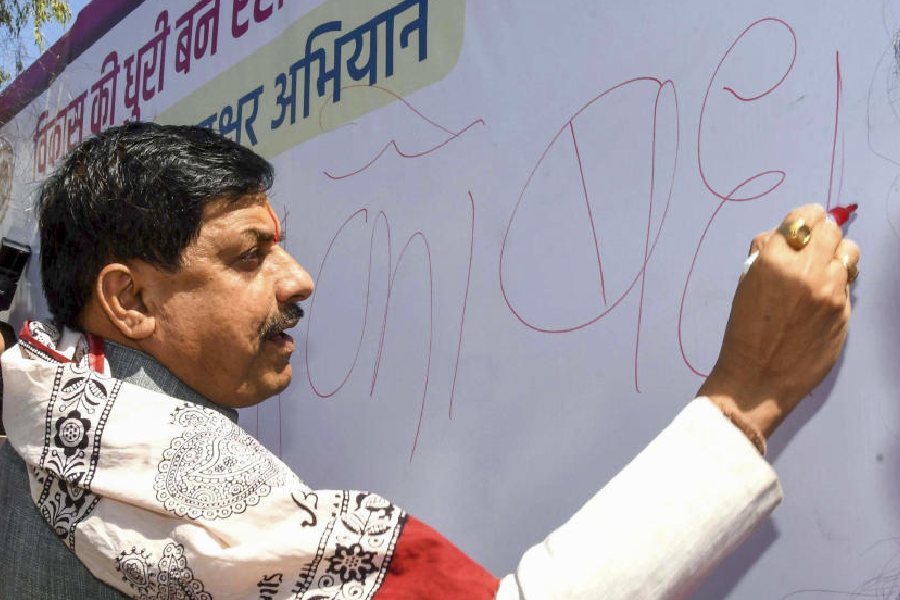During the run-up to the recently-concluded parliamentary elections, I noticed that the Left parties in West Bengal, especially the Communist Party of India (Marxist), had a number of new, young, and energetic candidates and campaigners. They were articulate, with good communication skills. Friends told me that these new members had done remarkably good local community services. They were building up fresh organisational muscles. Their rallies were drawing large crowds. It was felt that they could even end up winning one or two seats. If not, it would at least be a dry run for the forthcoming state assembly elections in 2026. However, it was not to be. The CPI(M) has no seats in either the state assembly or in Parliament from West Bengal. It has only one Rajya Sabha seat from the state. Most of the Left candidates who contested in 2024 lost their deposits. It has been a long 13 years since the Left lost the state elections to Mamata Banerjee’s Trinamool Congress. The memories of misrule cannot linger for so long, especially since West Bengal has witnessed a corrupt state government where nothing gets done without side-payments. The state has also witnessed a national government that has been arrogant, communal and divisive. The state’s politics has been confined only to mud-slinging and name-calling. Real issues and long-term ideological programmes are never discussed. All these, one would have thought, would have given the CPI(M) a friendly pitch to reach out to people — old constituencies like farmers, workers, students, as well as potentially new allies in the young generation of new voters. At the moment, the party remains completely wiped out from the political map of the state.
Many different reasons are probably responsible for the debacle. The first, arguably the most proximate cause, is the dual stance that the party has — one in the state and the other outside the state. In Bengal, the Left equates the Bharatiya Janata Party with the TMC as corrupt and communal. It claims that the two parties opposed to the CPI(M) in West Bengal are actually in cahoots. This is tactically disastrous as everybody distinguishes between what the TMC represents and what the BJP stands for. The BJP’s critics allege that it is a right-wing, authoritarian party with communal and fascist tendencies. The TMC is neither. It is an umbrella party which is anti-Left and anti-communal, with a populist political programme. In clubbing political apples and oranges together, the CPI(M) is sending an unclear signal to its supporters as to what constitutes the primary danger to Indian polity and society. Right now, if one had followed the party’s campaign in the state, one would have concluded that Mamata Banerjee and financial corruption represented the biggest danger. Very few, if any voter, would buy this argument unless one is an ardent supporter of the BJP. But then, that voter would have voted for the BJP.
The second cause for the debacle is the inability of the party to reflect in its political programme how capitalism has changed, both in India and around the world. The old-world, industrial worker organised in trade unions and poor peasants struggling for land rights are no longer that important for setting a programme that contests the basic tenets of capitalism and its exploitative features. There are new forms of social organisations that have emerged; non-agricultural work is more outside the walls of the old-style factories; the informal sector and the gig economy have become much more important than ever before. Service-sector workers like delivery personnel, security guards, shop floor assistants are waiting to be organised. Existential threats in the form of environmental degradation, climate change, and the advent of new technologies, which are likely to make most of the labour force unemployable, constitute imminent dangers to be addressed. None of these is at the centre of the agenda of public debates, of struggles, and of future programmes that the Left might initiate. Not only that, its political programme of welfare policies has been appropriated by other parties, especially the TMC. The Left has nothing new to say except criticise the TMC which took away its power and programmes.
Even though peasants and old-world, organised factory workers are less relevant for the revolutionary vanguard in today’s world, they do remain exploited and deprived. Their economic security and social safety continue to be of great importance. None of the leaders, the new faces mentioned earlier, who have come to the forefront of Left politics in West Bengal is from the peasantry or the working class. Very few are from the new working class of informal workers. Clearly, the new breed of Jadavpur and JNU-educated articulate, energetic youngsters may not be able to reach out to the larger sections of the exploited public. It is a crisis of leadership. This, of course, has been the bane of Left politics in India with very few leaders thrown up from the working class and the peasantry.
Finally, one important strategy relating to the establishment of democratic socialism is the need to constantly challenge the capitalist State and its functioning. Democratic socialism is a stated aim of the Left in India. The capture of political power through elections is clearly not enough. A constant battle has to be waged both within the institutions of the State as well as outside them. This aspect of Left-wing theory is rich in content and quite well-known. However, what are less debated and understood are the new forms of production organisations beginning to emerge, the role of new technologies, the way the rift with the natural environment is widening and, above all, the ways in which the structure of capitalist relations are altering and giving way to new distributions of power and control. The ideological reformulation that is much required remains absent.
What is the future of a regenerated Left in a country like India and in West Bengal with its long legacy of Left politics? There is still so much of pain, deep-rooted frustrations, and pervasive deprivations prevalent in the social system. It is a mammoth waste of human talent and life force. If the world and the natural environment have to be saved, the existing system of production and consumption has to give way to a new one. It cannot be left for the future. It may be too slow an option. There is also a great opportunity for building a Left alternative since the ruling powers in India are exhibiting a schism — a hegemonic rift, as it were — where old methods of consent and persuasion to buy into the ideology of the Indian State are giving way to more coercive methods of violent control. The time is ripe for creating a counter-hegemony of the wretched of India in terms of a new imagination. It takes a lot of courage to challenge the status quo. Do the Left parties have it in them?
Anup Sinha is former Professor of Economics, IIM Calcutta











